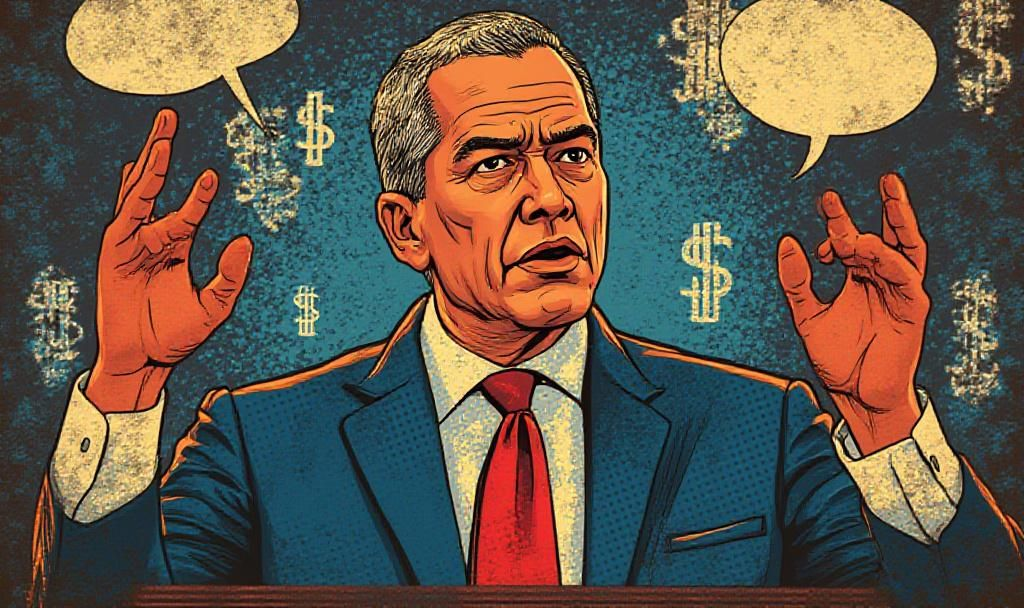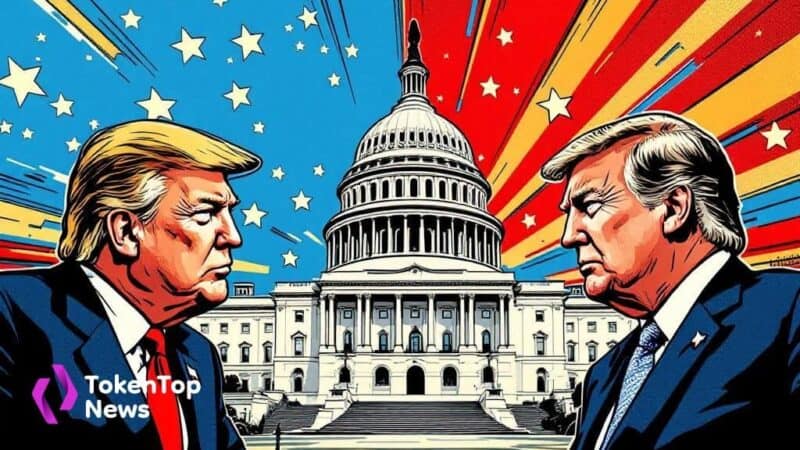Fed Maintains Rates; Powell Emphasizes Data Dependence
- Fed retains interest rates at 4.25%-4.5%, emphasizing data-driven decisions.
- Markets react with uncertainty following non-committal stance.
- Impact on crypto markets includes potential short-term caution.

Jerome Powell, Federal Reserve Chair, announced on July 30, 2025, that interest rates would remain unchanged, rejecting a set path for future rate cuts.
Powell’s decision impacts crypto markets, potentially dampening risk sentiment in BTC and ETH as the Fed prioritizes a data-driven approach over preset easing.
The Federal Reserve’s July 2025 decision to maintain its key interest rate at 4.25%-4.5% reflects a commitment to data-driven policy. Chair Jerome Powell emphasized a flexible approach rather than a fixed schedule for changes.
Powell’s stance clearly outlines the Fed’s refusal of a preset path, stating, “The path of policy will depend on the incoming data and the evolving outlook. We are prepared to adjust our stance as appropriate, but we are not on a preset course or committed to a schedule of cuts.” This highlights the continued uncertainty surrounding monetary policy adjustments and market expectations.
The decision to maintain interest rates has immediate effects on borrowing costs for banks, businesses, and individuals. The lack of liquidity injections sustains higher costs, influencing risk assessment in volatile markets, including cryptocurrency sectors.
Market reactions indicate heightened attentiveness to Powell’s data-dependent approach. Financial implications include stabilizing trends in borrowing costs, but also possible restraint on economic exuberance following the announced decision to maintain rates.
Historically, market reactions to similar Fed decisions have impacted traditional and crypto markets. Attention is on potential volatility due to the Fed’s deliberate ambiguity in signaling future actions.
On-chain data indicates that while the immediate reaction might be muted, crypto assets like BTC and ETH are sensitive to macro signals. Continued rate holding often brings stabilization but reduces speculation-driven volatility temporarily.





